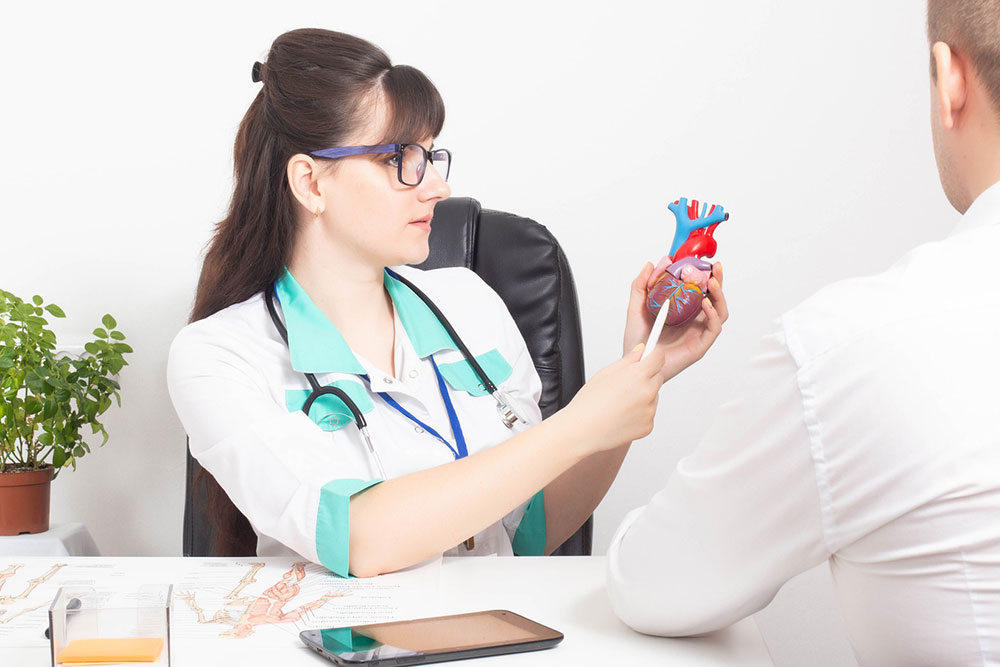
health
12 silent shared symptoms of Parkinson’s and TD
Parkinson’s Disease (PD) and Tardive Dyskinesia (TD) are very different neurological conditions that often share distinctive symptoms. While PD is a progressive neurodegenerative condition primarily characterized by motor impairments, TD can cause problems with motor skills, often affecting arms, legs, face, and neck. However, both conditions may manifest silent symptoms that can easily be missed. Hence, this article explains the conditions and focuses on the overlapping silent symptoms of PD and TD. But before delving into the shared silent symptoms, one must understand the basics of PD and TD. Understanding Parkinson’s Disease and Tardive Dyskinesia Parkinson’s Parkinson’s is a complex neurodegenerative disorder resulting from losing dopamine-producing cells in the brain. Its hallmark motor symptoms include tremors, bradykinesia (slowness of movement), rigidity, and postural instability. However, the non-motor symptoms often go unnoticed or are mistaken for other health issues. Tardive Dyskinesia (TD) TD is a movement disorder that can affect certain body parts and contribute to involuntary, repetitive movements, primarily affecting the face, lips, tongue, and sometimes limbs. While there is not much information on how the symptoms begin, one can consider chronic blockage of dopamine as one of the leading causes. Now that one has basic information on these disorders, let’s focus on the shared symptoms of PD and TD that one may miss.
Read More 















